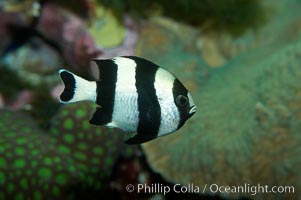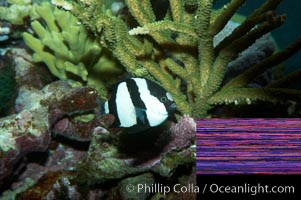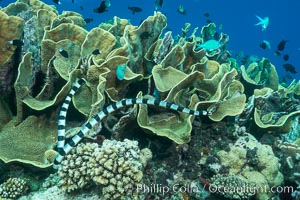
Sea snake, banded sea krait, Nigali Pass on Gao Island, Fiji.
Species: Cabbage coral, Tubinaria reniformis, Cabbage coral, Turbinaria reniformis
Location: Nigali Passage, Gau Island, Lomaiviti Archipelago, Fiji
Image ID: 31731
Species: Cabbage coral, Tubinaria reniformis, Cabbage coral, Turbinaria reniformis
Location: Nigali Passage, Gau Island, Lomaiviti Archipelago, Fiji
Image ID: 31731
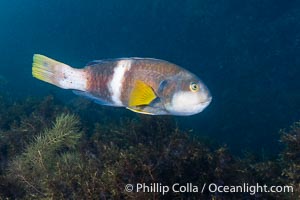
Bluethroat Wrasse, Notolabrus tetricus, Adult Male, Kangaroo Island, South Australia.
Species: Bluethroat Wrasse, Notolabrus tetricus
Location: Kangaroo Island, South Australia
Image ID: 39238
Species: Bluethroat Wrasse, Notolabrus tetricus
Location: Kangaroo Island, South Australia
Image ID: 39238
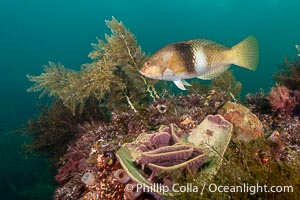
Bluethroat Wrasse, Notolabrus tetricus, Adult Female, Kangaroo Island, South Australia.
Species: Bluethroat Wrasse, Notolabrus tetricus
Location: Kangaroo Island, South Australia
Image ID: 39259
Species: Bluethroat Wrasse, Notolabrus tetricus
Location: Kangaroo Island, South Australia
Image ID: 39259
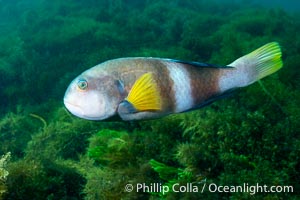
Bluethroat Wrasse, Notolabrus tetricus, Adult Male, Kangaroo Island, South Australia.
Species: Bluethroat Wrasse, Notolabrus tetricus
Location: Kangaroo Island, South Australia
Image ID: 39273
Species: Bluethroat Wrasse, Notolabrus tetricus
Location: Kangaroo Island, South Australia
Image ID: 39273
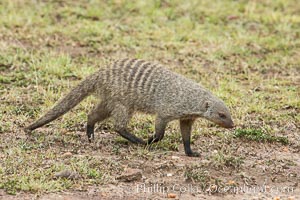
Banded mongoose, Maasai Mara, Kenya.
Species: Banded mongoose, Mungos mungo
Location: Maasai Mara National Reserve, Kenya
Image ID: 29847
Species: Banded mongoose, Mungos mungo
Location: Maasai Mara National Reserve, Kenya
Image ID: 29847
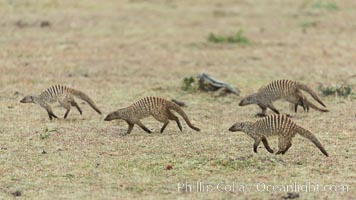
Banded mongoose, Maasai Mara, Kenya.
Species: Banded mongoose, Mungos mungo
Location: Olare Orok Conservancy, Kenya
Image ID: 29995
Species: Banded mongoose, Mungos mungo
Location: Olare Orok Conservancy, Kenya
Image ID: 29995
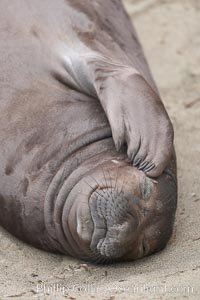
Elephant seal pup scratches its face with its foreflipper. Note the five "fingernails" on the flipper. The pup will nurse for 27 days, when the mother stops lactating and returns to the sea. The pup will stay on the beach 12 more weeks until it becomes hungry and begins to forage for food.
Species: Elephant seal, Mirounga angustirostris
Location: Piedras Blancas, San Simeon, California
Image ID: 20404
Species: Elephant seal, Mirounga angustirostris
Location: Piedras Blancas, San Simeon, California
Image ID: 20404
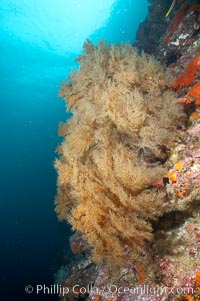
Black coral. The fan is five feet in diameter and the color of the live coral is more yellow-green than black.
Species: Black coral, Antipathidae
Location: Cousins, Galapagos Islands, Ecuador
Image ID: 16444
Species: Black coral, Antipathidae
Location: Cousins, Galapagos Islands, Ecuador
Image ID: 16444
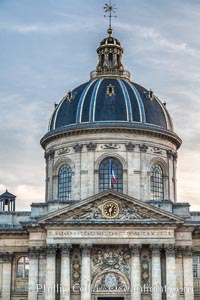
Institut de France. The Institut de France is a French learned society, grouping five academies, the most famous of which is the Academie francaise.
Location: Institut de France, Paris
Image ID: 28241
Location: Institut de France, Paris
Image ID: 28241
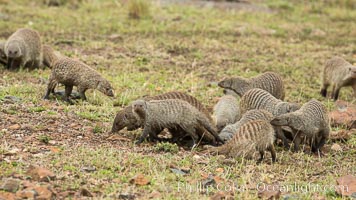
Banded mongoose, Maasai Mara, Kenya.
Species: Banded mongoose, Mungos mungo
Location: Maasai Mara National Reserve, Kenya
Image ID: 29846
Species: Banded mongoose, Mungos mungo
Location: Maasai Mara National Reserve, Kenya
Image ID: 29846

San Diego city skyline at night, showing the buildings of downtown San Diego reflected in the still waters of San Diego Harbor, viewed from Coronado Island. A panoramic photograph, composite of five separate images.
Location: San Diego, California
Image ID: 22266
Panorama dimensions: 3354 x 17696
Location: San Diego, California
Image ID: 22266
Panorama dimensions: 3354 x 17696
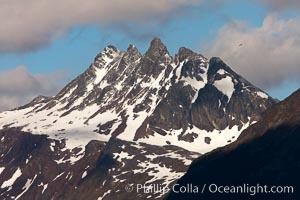
The Five Brothers (Mount Cinco Hermanos, 1280m) in the Fuegian Andes, a cluster of peaks above Ushuaia, the capital of the Tierra del Fuego region of Argentina.
Location: Beagle Channel, Ushuaia, Tierra del Fuego, Argentina
Image ID: 23618
Location: Beagle Channel, Ushuaia, Tierra del Fuego, Argentina
Image ID: 23618
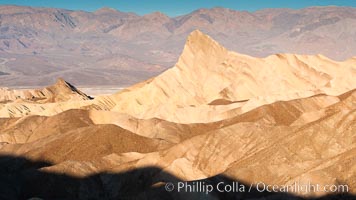
Zabriskie Point, sunrise. Manly Beacon rises in the center of an eroded, curiously banded area of sedimentary rock, with the Panamint Mountains visible in the distance.
Location: Zabriskie Point, Death Valley National Park, California
Image ID: 15575
Location: Zabriskie Point, Death Valley National Park, California
Image ID: 15575

Scripps Pier, panorama, a composite of five individual photographs.
Location: Scripps Institution of Oceanography, La Jolla, California
Image ID: 22455
Panorama dimensions: 3062 x 15208
Location: Scripps Institution of Oceanography, La Jolla, California
Image ID: 22455
Panorama dimensions: 3062 x 15208
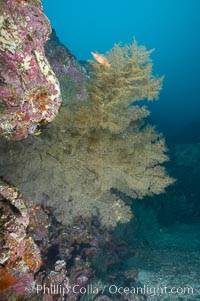
Black coral. The fan is five feet in diameter and the color of the live coral is more yellow-green than black.
Species: Black coral, Antipathidae
Location: North Seymour Island, Galapagos Islands, Ecuador
Image ID: 16443
Species: Black coral, Antipathidae
Location: North Seymour Island, Galapagos Islands, Ecuador
Image ID: 16443
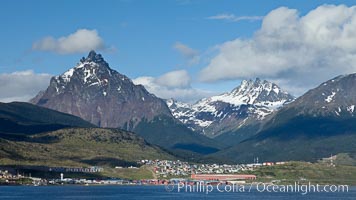
Mount Olivia (1318m) and the Five Brothers (Mount Cinco Hermanos, 1280m) in the Fuegian Andes rise above Ushuaia, the capital of the Tierra del Fuego region of Argentina. The Beagle Channel fronts Ushuaia in the foreground.
Location: Beagle Channel, Ushuaia, Tierra del Fuego, Argentina
Image ID: 23617
Location: Beagle Channel, Ushuaia, Tierra del Fuego, Argentina
Image ID: 23617
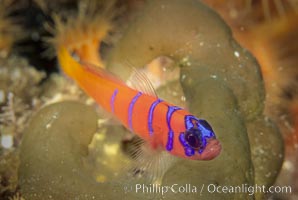
Blue-banded goby, Catalina island.
Species: Bluebanded goby, Lythrypnus dalli
Location: Catalina Island, California
Image ID: 02346
Species: Bluebanded goby, Lythrypnus dalli
Location: Catalina Island, California
Image ID: 02346
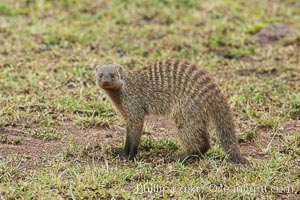
Banded mongoose, Maasai Mara, Kenya.
Species: Banded mongoose, Mungos mungo
Location: Maasai Mara National Reserve, Kenya
Image ID: 29848
Species: Banded mongoose, Mungos mungo
Location: Maasai Mara National Reserve, Kenya
Image ID: 29848
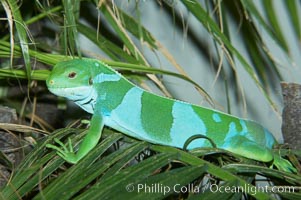
Banded iguana, male. The bands of color on the male of this species change from green to either blue, grey or black, depending on mood. Females are usually solid green, ocassionally with blue spots or a few narrow bands.
Species: Banded iguana, Brachylophus fasciatus
Image ID: 12611
Species: Banded iguana, Brachylophus fasciatus
Image ID: 12611
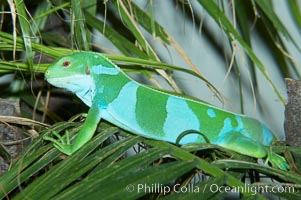
Banded iguana, male. The bands of color on the male of this species change from green to either blue, grey or black, depending on mood. Females are usually solid green, ocassionally with blue spots or a few narrow bands.
Species: Banded iguana, Brachylophus fasciatus
Image ID: 12613
Species: Banded iguana, Brachylophus fasciatus
Image ID: 12613
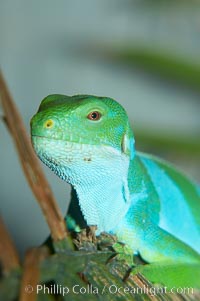
Banded iguana, male. The bands of color on the male of this species change from green to either blue, grey or black, depending on mood. Females are usually solid green, ocassionally with blue spots or a few narrow bands.
Species: Banded iguana, Brachylophus fasciatus
Image ID: 12614
Species: Banded iguana, Brachylophus fasciatus
Image ID: 12614
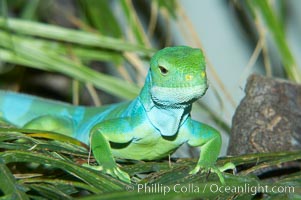
Banded iguana, male. The bands of color on the male of this species change from green to either blue, grey or black, depending on mood. Females are usually solid green, ocassionally with blue spots or a few narrow bands.
Species: Banded iguana, Brachylophus fasciatus
Image ID: 12620
Species: Banded iguana, Brachylophus fasciatus
Image ID: 12620
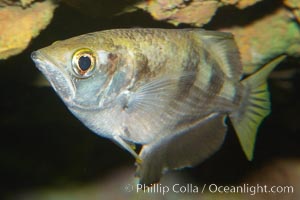
Banded archerfish. The banded archerfish is known for its ability to shoot down resting insects by spitting a jet of water. Large archerfishes can hit a target 2-3m away. Archerfishes have adaptations to the mouth which enable spitting. When a banded archerfish shoots a jet of water, it raises its tongue against the roof of the mouth forming a tube. The gill covers quickly close forcing water along the tube. This species mostly lives in mangrove and estuarine habitats throughout much of the Indo-Pacific.
Species: Banded archerfish, Toxotes jaculatrix
Image ID: 12902
Species: Banded archerfish, Toxotes jaculatrix
Image ID: 12902
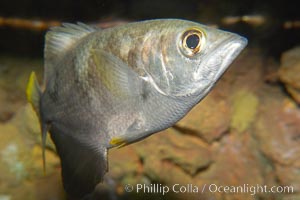
Banded archerfish. The banded archerfish is known for its ability to shoot down resting insects by spitting a jet of water. Large archerfishes can hit a target 2-3m away. Archerfishes have adaptations to the mouth which enable spitting. When a banded archerfish shoots a jet of water, it raises its tongue against the roof of the mouth forming a tube. The gill covers quickly close forcing water along the tube. This species mostly lives in mangrove and estuarine habitats throughout much of the Indo-Pacific.
Species: Banded archerfish, Toxotes jaculatrix
Image ID: 12903
Species: Banded archerfish, Toxotes jaculatrix
Image ID: 12903
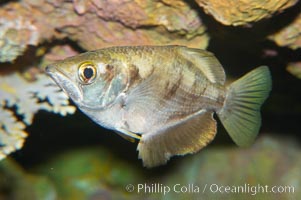
Banded archerfish. The banded archerfish is known for its ability to shoot down resting insects by spitting a jet of water. Large archerfishes can hit a target 2-3m away. Archerfishes have adaptations to the mouth which enable spitting. When a banded archerfish shoots a jet of water, it raises its tongue against the roof of the mouth forming a tube. The gill covers quickly close forcing water along the tube. This species mostly lives in mangrove and estuarine habitats throughout much of the Indo-Pacific.
Species: Banded archerfish, Toxotes jaculatrix
Image ID: 12904
Species: Banded archerfish, Toxotes jaculatrix
Image ID: 12904
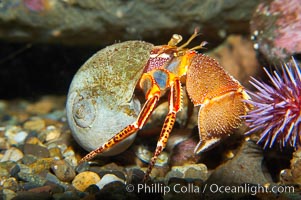
Hermit crab. Hermit crabs wear shells to protect their soft abdomens, which are asymmetrical and curved to fit the spiral shape of their shell. Like all crabs, hermit crabs are decapods; they have five pairs of legs, including a pair of claws. One claw is much larger than the other, the hermit crab uses it for defense and food shredding while it uses the smaller claw for eating. The second and third pairs of legs help the crab walk, and the last two pairs hold the hermit crab in its shell.
Species: Hermit crab, Pagurus
Image ID: 13693
Species: Hermit crab, Pagurus
Image ID: 13693
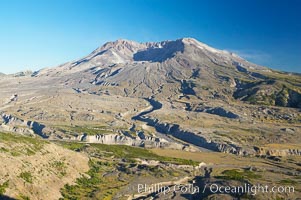
Mount St. Helens viewed from Johnston Observatory five miles away, showing western flank that was devastated during the 1980 eruption.
Location: Mount St. Helens National Volcanic Monument, Washington
Image ID: 13927
Location: Mount St. Helens National Volcanic Monument, Washington
Image ID: 13927
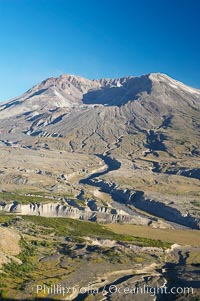
Mount St. Helens viewed from Johnston Observatory five miles away, showing western flank that was devastated during the 1980 eruption.
Location: Mount St. Helens National Volcanic Monument, Washington
Image ID: 13928
Location: Mount St. Helens National Volcanic Monument, Washington
Image ID: 13928
